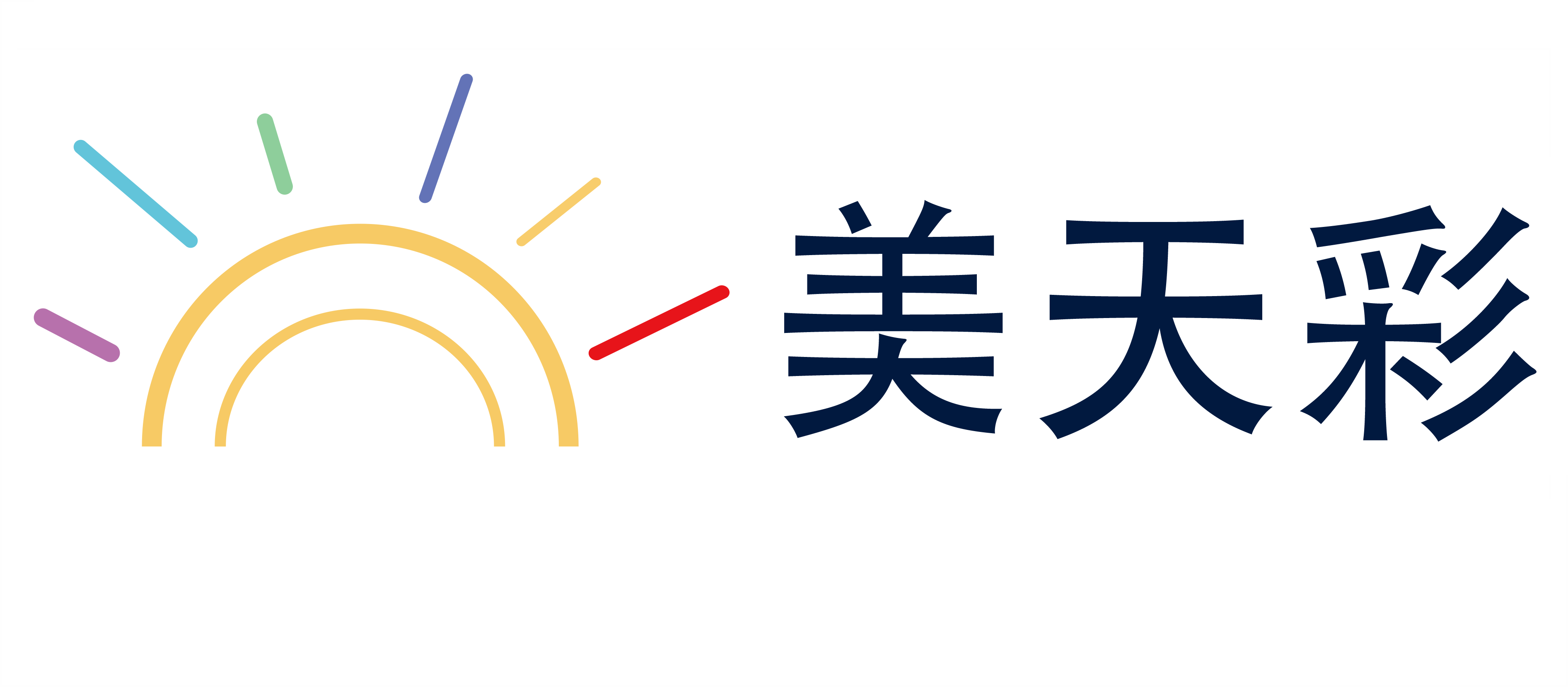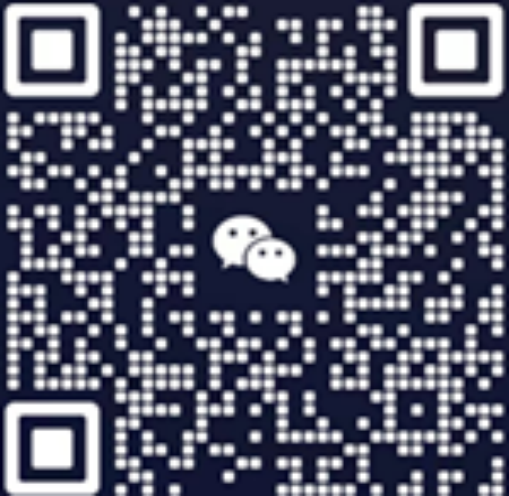东南亚眼部化妆品法规要点
Southeast Asia has become a significant market for the cosmetics industry, particularly for eye makeup products. The region includes countries like Thailand, Malaysia, Singapore, and Indonesia, each with its own regulatory framework for cosmetics. To ensure compliance, manufacturers and distributors must understand these regulations thoroughly. Below, we outline the key regulatory points for eye cosmetics in Southeast Asia.
1. Market Overview
The Southeast Asian cosmetic market is growing rapidly, driven by increasing consumer demand for beauty products and the presence of high-end brands. Eye cosmetics, in particular, are popular due to their versatility in creating various eye looks. However, the regulatory environment varies across countries, necessitating careful adherence to local laws.
2. Regulatory Highlights
- Product Standardization: Most Southeast Asian countries require cosmetic products to meet strict safety and quality standards. This includes specifying allowable ingredients and ensuring that products are free from harmful substances.
- Raw Material Sources: Eye makeup products typically contain makeup powder, eyeshadows, and liquid liners. These components must originate from regulated sources, often requiring certifications such as Kosher, Halal, or EU organic standards.
- Packaging Requirements: Products must be packaged in tamper-proof containers with clear labels. Labels should include the product name, net weight, ingredients list, and production date.
- Certifications and Marks: Products must bear CE (European Union) or FDA (U.S.) certification. In some countries, additional certifications like Kosher or Halal may be required.
- Compliance with Scientific Studies: Ingredients must be supported by scientific studies to prove their safety and efficacy. This includes testing for harmful substances like lead or formaldehyde.
3. Regulatory Differences
While most Southeast Asian countries have adopted similar global standards, there are notable differences:
- Thailand: Emphasizes the use of natural ingredients and restricts the use of synthetic dyes in eyeshadows.
- Malaysia: Requires products to be free from harmful substances and supports eco-friendly packaging.
- Singapore: Requires COSmetic Products Lab or similar labs for testing and ensures ingredients comply with EU standards.
- Indonesia: Allows the use of natural extracts but restricts the use of certain synthetic additives.
4. Compliance Strategies
- Supplier vetting: Choose suppliers with a history of producing compliant products and obtain certifications like Kosher or Halal.
- Independent Testing: Conduct independent tests to verify the safety and quality of ingredients.
- Labeling Compliance: Ensure labels are clear and include all required information. Consider using tamper-proof packaging to prevent misuse.
- Stay Updated: Regularly check for updates on regulations, as they can change with market demands and consumer expectations.
5. Conclusion
Adhering to local regulations is crucial for the success of eye cosmetics products in Southeast Asia. By understanding the specific requirements of each country, manufacturers and distributors can ensure their products meet the expectations of consumers and avoid legal issues. Staying informed about changes in regulations and maintaining a commitment to quality and safety will help maintain a competitive edge in this dynamic market.
上述信息,涵盖图片、视频以及各类文字资料,美天彩仅扮演信息存储的角色。若存在任何侵犯知识产权或其他合法权益的情形,请立即联系我们删除,切实维护您的权益。
郑重声明
- 延伸阅读:
- 上一篇:马来西亚化妆品法规解读与实施要点
- 下一篇:马来西亚洗漱用品包装要求

Experts Q & A
外贸专家答疑
为了帮助您更快地解决问题,建议向我们的外贸专家进行咨询,提供专业的方案咨询和策划。


马上留言 (0) 0